15 Nutrient-Packed Vegetables for Lifelong Growth
Nutrient-rich vegetables that thrive on minimal intervention are garden treasures, allowing you to plant once and enjoy forever.
These hardy varieties provide a continuous supply of vitamins and flavors with little effort, making them ideal for busy gardeners.
Invest in these sustainable choices and reap the health benefits for years to come.
Artichokes
Artichokes thrive in sunny locations, soaking up the warmth to flourish.
These resilient plants can surprise you with their ability to live for several years, offering delicious flower buds season after season.
Choosing well-drained soil is essential; it keeps roots healthy and happy.
With a little care, your garden can become a delightful source of fresh artichokes year after year.
Asparagus
Asparagus offers a delightful experience each spring with its tender green spears.
This perennial vegetable not only graces your garden but also rewards you for years, allowing harvests to continue for up to 20 seasons.
Keeping the beds weed-free ensures healthy growth and abundant yields, making it a gardener's dream.
Enjoying fresh asparagus straight from your garden brings an unmatched flavor that elevates any meal.
Chayote
Chayote offers a delightful addition to your garden, bringing both beauty and nourishment.
This versatile vegetable thrives in warm climates, making it perfect for those sunny spots in your yard.
With its pale green skin and unique pear shape, chayote adds an appealing touch to any dish.
Enjoy the crisp texture raw in salads or savor its mild flavor when cooked; this plant truly invites creativity into your kitchen!
Wasabi
Wasabi, a treasure from Japan, carries a fiery kick that elevates sushi and various dishes.
Growing this plant requires patience; it takes about two to three years for the roots to mature under cool and shaded conditions.
The unique flavor profile adds an exciting twist to meals, making every bite memorable.
Cultivating wasabi can be quite rewarding for those who appreciate its bold taste in their culinary adventures.
Egyptian walking onion
Egyptian walking onions, often called tree onions or top-set onions, have a fascinating growth habit.
These plants produce clusters of bulbils at the top of their stalks instead of traditional flowers, making them truly distinctive.
Growing them is a straightforward endeavor; they thrive in full sun to partial shade and enjoy moist yet well-drained soil.
If you’re looking for an interesting addition to your garden that requires minimal fuss while offering something different, these onions might just be the perfect choice for you.
Fennel
Fennel brings a burst of flavor to your kitchen, with its feathery leaves and aromatic seeds.
Growing this plant offers not just fresh ingredients but also an engaging gardening experience.
The vibrant flowers attract beneficial insects, enhancing your garden's ecosystem while providing delightful additions to salads or teas.
Harvesting fennel over its lifespan allows you to enjoy a variety of tastes and textures right from your backyard.
Ginger
Ginger serves as a flavorful addition to countless dishes, enhancing everything from stir-fries to baked goods.
This root also carries impressive health benefits, known for soothing digestive issues and reducing inflammation.
Patience is key when growing ginger; it takes about six months for new rhizomes to mature before they can be harvested.
Digging up the plant reveals fresh ginger ready for your kitchen adventures or natural remedies.
Tree cabbage
Tree cabbage, also known as tree collard, features impressive green or purple leaves that add a splash of color to your plate.
These leafy wonders can be enjoyed both raw in salads or cooked alongside your favorite dishes, offering a nutritious alternative to kale and collard greens.
When temperatures drop and frost threatens, providing some protection ensures these resilient plants continue to flourish.
Incorporating tree cabbage into meals not only enhances flavor but also boosts health with its rich vitamins and minerals.
Sorrel
Sorrel adds a refreshing twist to your meals with its bright, lemony taste.
This leafy green works wonders in salads, soups, and sauces, elevating flavors effortlessly.
Harvesting can happen during various growing seasons; however, it tends to take on a bitter note when the heat rises.
Enjoy experimenting with sorrel’s zesty flair in your favorite dishes!
Perennial leeks
Perennial leeks, often referred to as wild leek or many-flowered garlic, add a delightful twist to your culinary adventures.
These smaller and thinner relatives of regular leeks carry a gentle onion flavor that enhances various dishes without overpowering them.
Imagine tossing them into salads for an extra layer of taste or sautéing them alongside vegetables for a fragrant side dish.
Their unique charm lies in their ability to grow back year after year, making them not just delicious but also low-maintenance companions in your garden.
Rhubarb
Rhubarb offers a delightful tartness that can elevate your favorite desserts.
Those vibrant stalks, whether red or green, lend a beautiful color to pies and jams.
Its unique flavor pairs wonderfully with strawberries, creating a classic combination that many adore.
Just remember to steer clear of the leaves; they pack a toxic punch that’s best left untouched.
Sweet potato
Sweet potatoes, with their vibrant orange or purple tubers, pack a nutritious punch filled with vitamin A and fiber.
These hearty plants take a break during the cold winter months but have an amazing ability to spring back to life when warmer weather arrives.
Their resilience is impressive; roots left in the ground will push through the soil once again as spring unfolds.
Enjoying sweet potatoes means savoring not just their flavor but also all the health benefits they provide throughout different seasons.
Watercress
Watercress flourishes in wet environments, whether that’s soil soaked with moisture or gently flowing water.
Its small green leaves pack a punch with their peppery taste, adding zest to salads and dishes.
Careful management is essential to keep this lively plant from spreading too far and taking over other areas.
Enjoying its fresh flavor can be rewarding, but maintaining balance ensures it remains a delightful addition rather than an unwelcome guest in your garden.
Spinach
Spinach brings a burst of freshness to any garden, with its rich green leaves offering both nutrition and flavor.
Some types, like Ceylon or New Zealand spinach, thrive year after year without needing to be replanted.
Growing these perennial varieties not only eases the gardening workload but also fosters a deep connection with nature and sustainability.
Cultivating your own greens means enjoying fresh produce right at your doorstep while nurturing the earth beneath you; it’s an experience worth savoring every day.
Sea kale
Sea kale thrives in coastal environments, yet it adapts beautifully to home gardens.
Its resilience against drought makes it a reliable choice for those who may forget to water occasionally.
The leaves offer a unique flavor, perfect for salads or cooking, adding an unexpected twist to your meals.
Growing this plant not only enhances your garden's beauty but also provides nutritious greens that can elevate any dish you prepare.

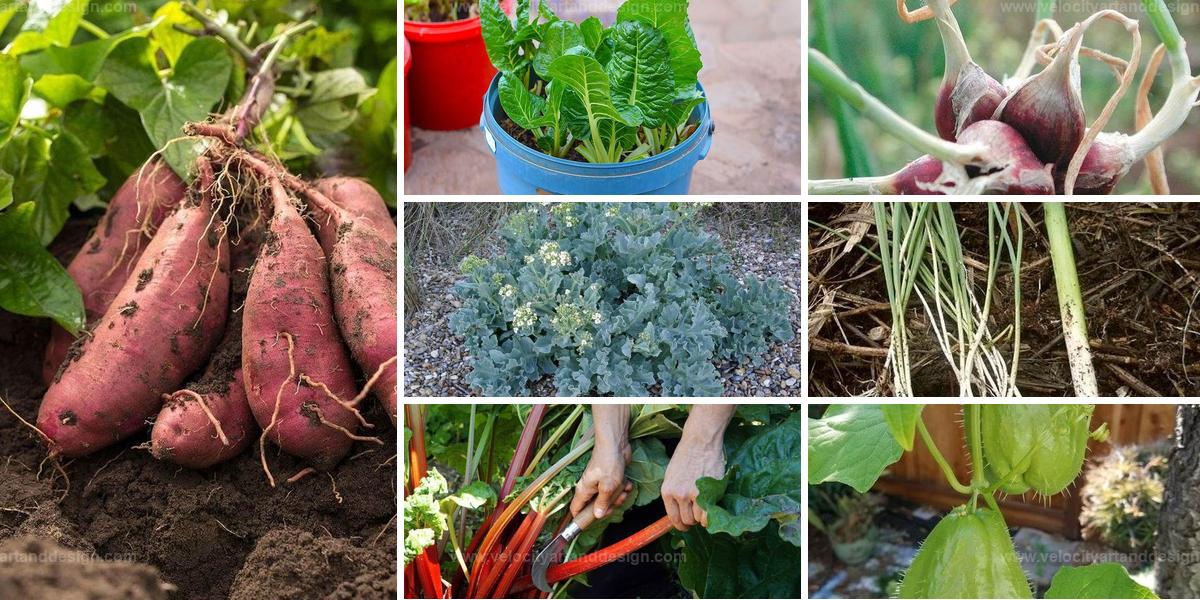
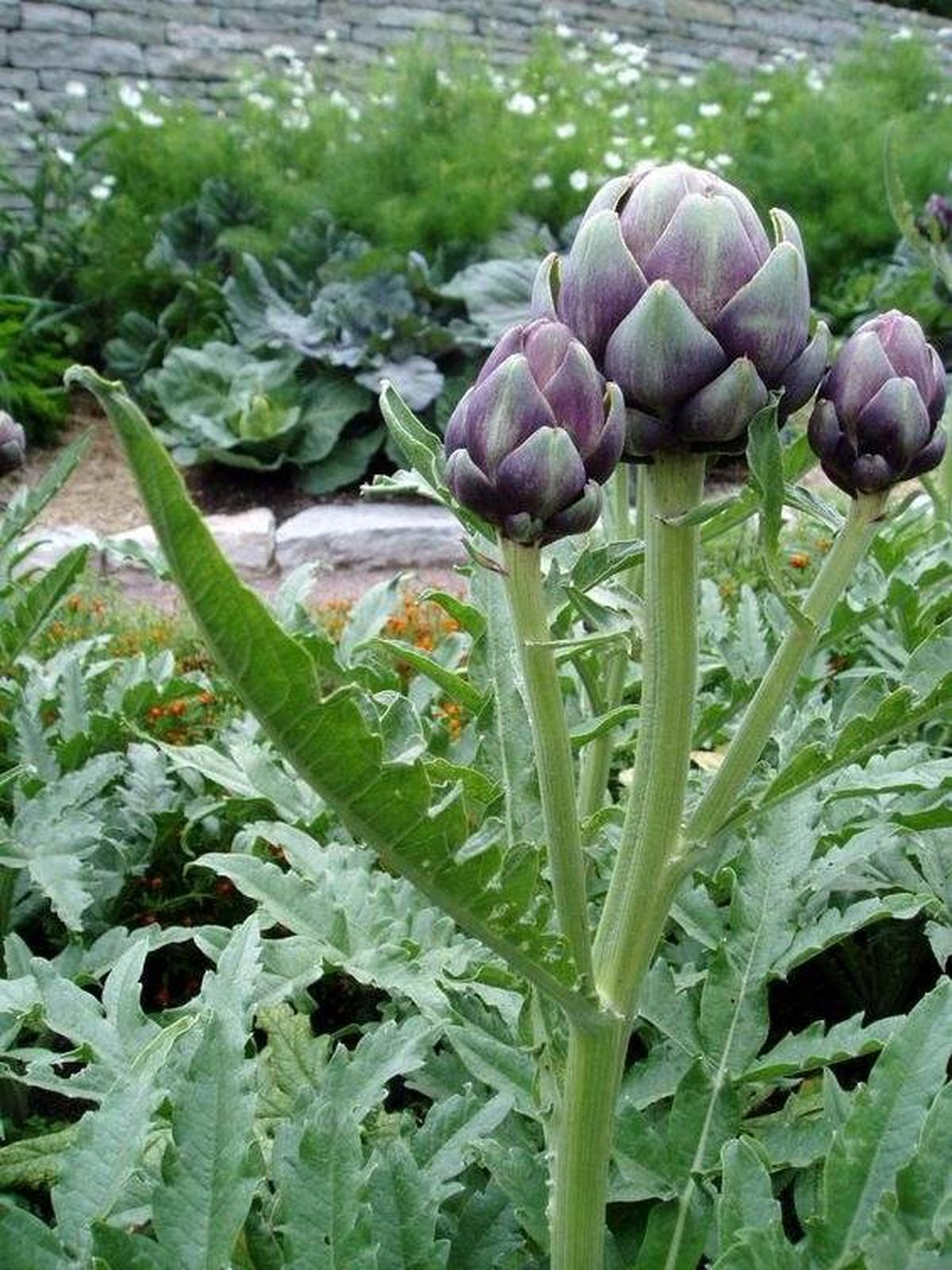
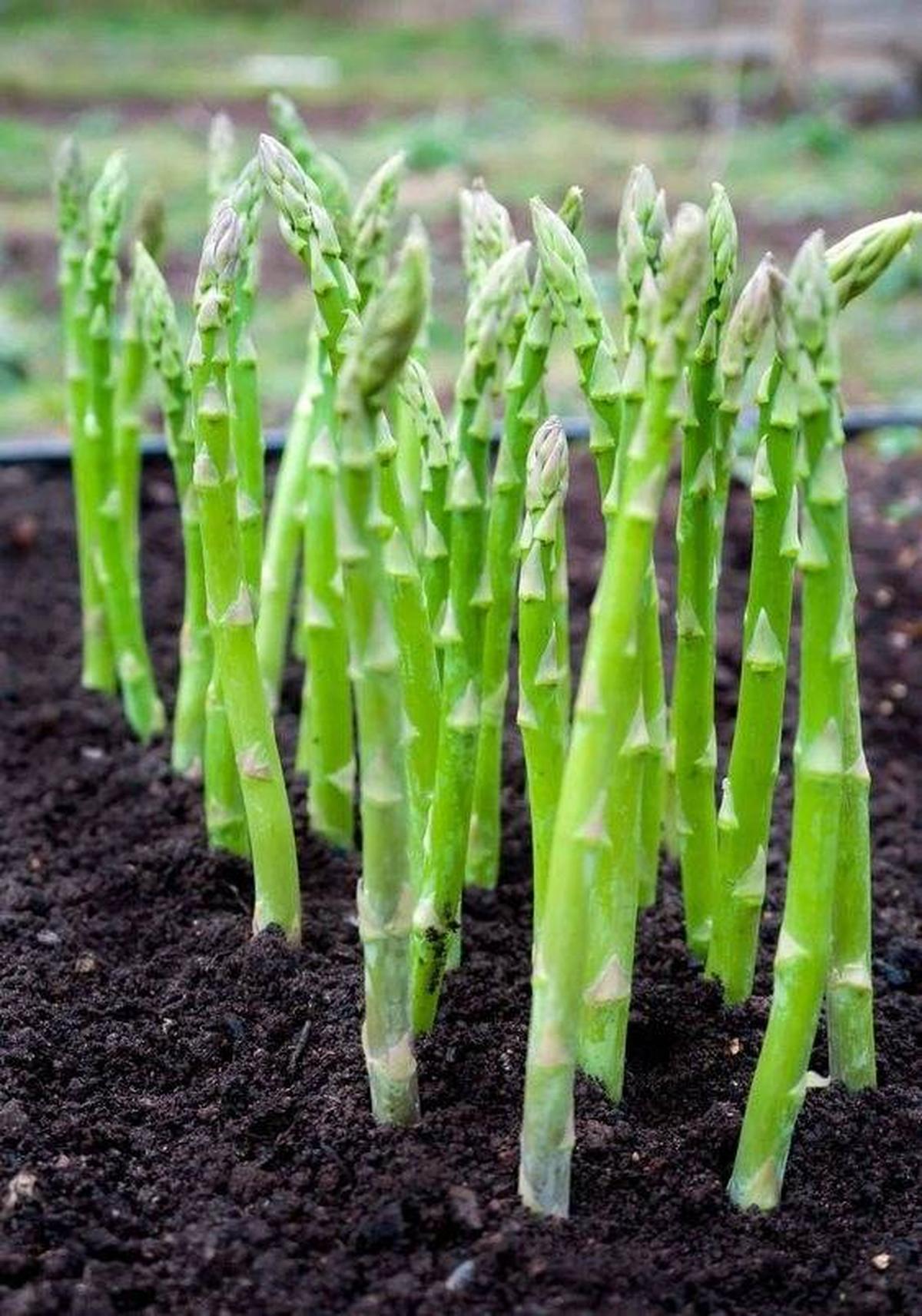
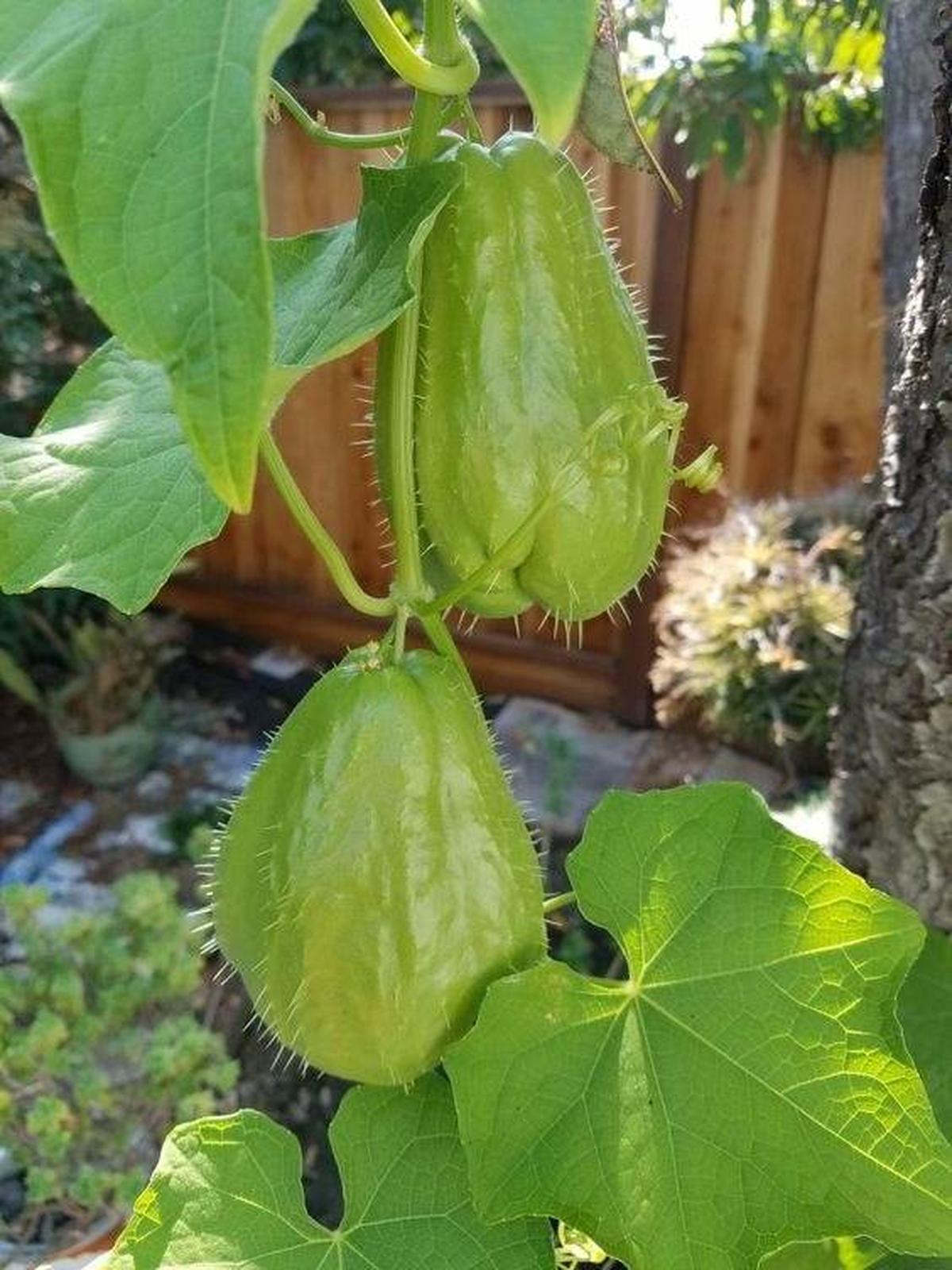
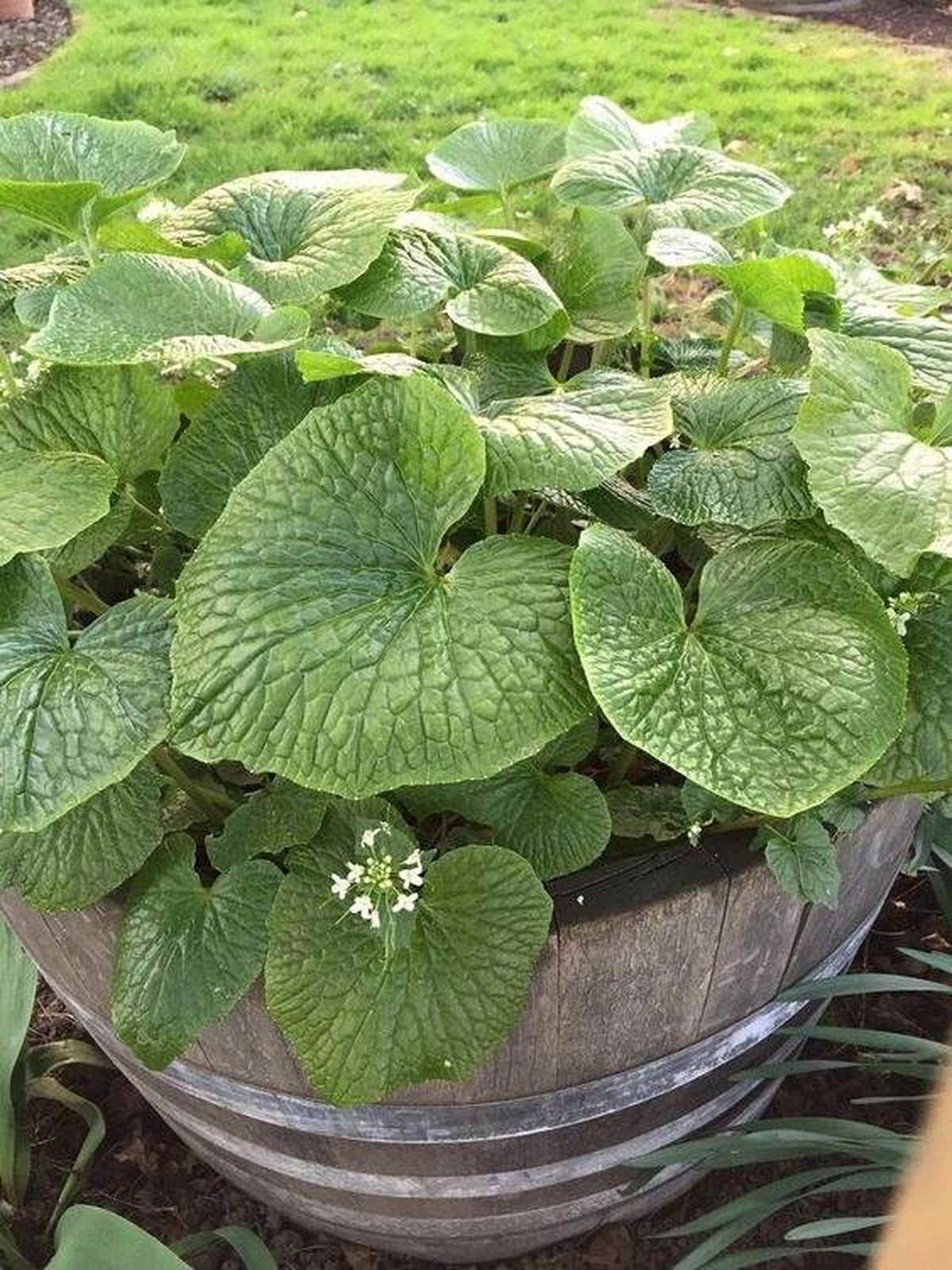
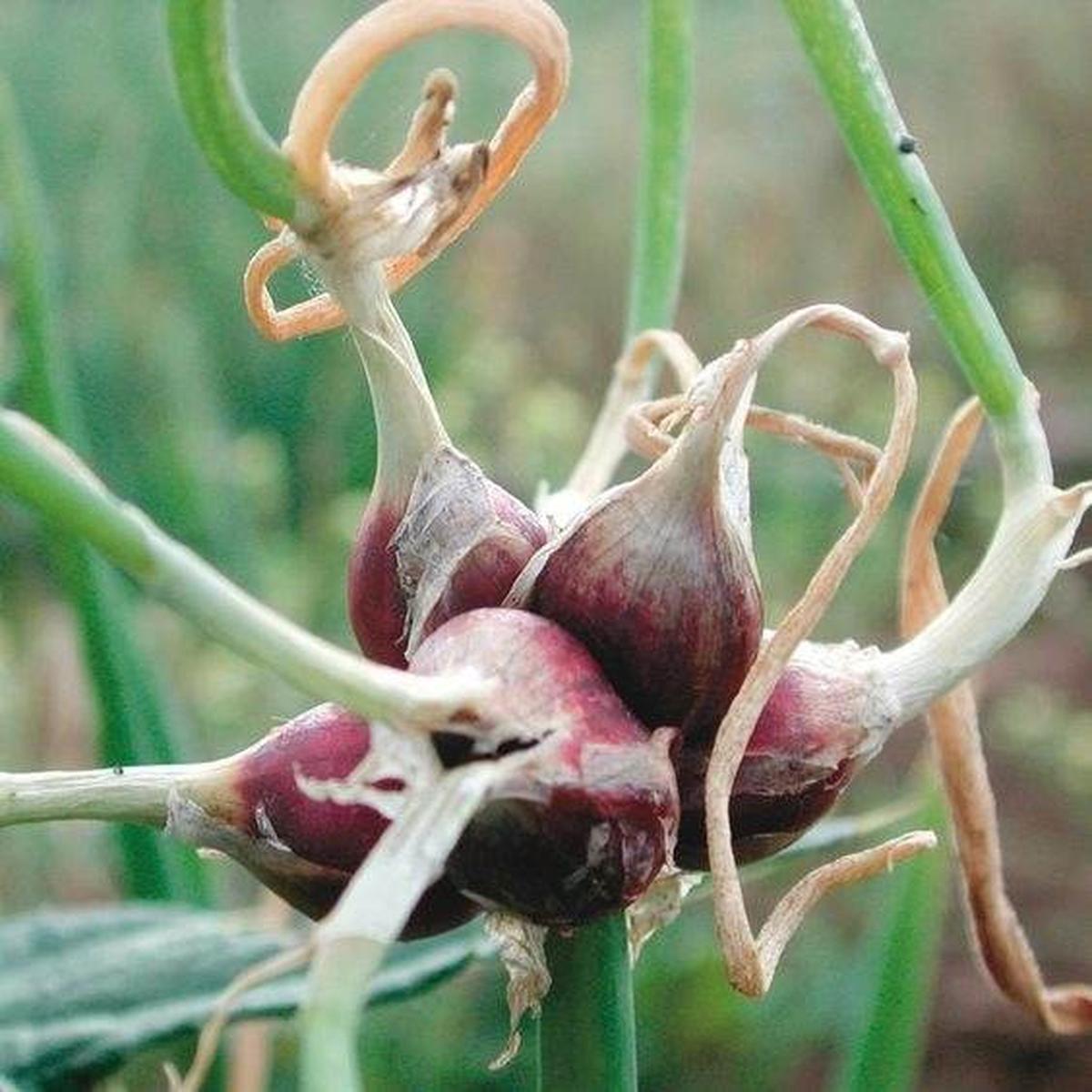
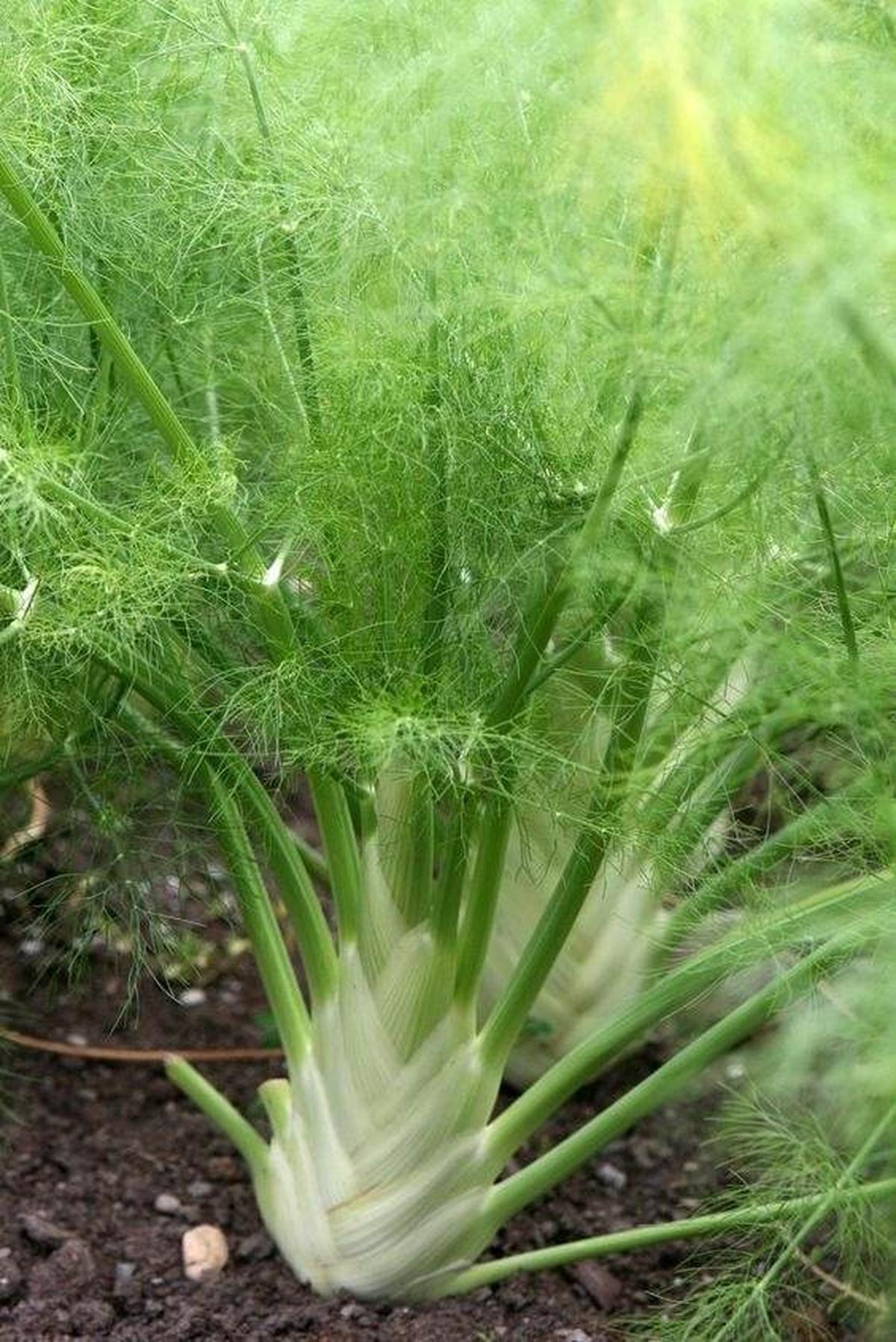
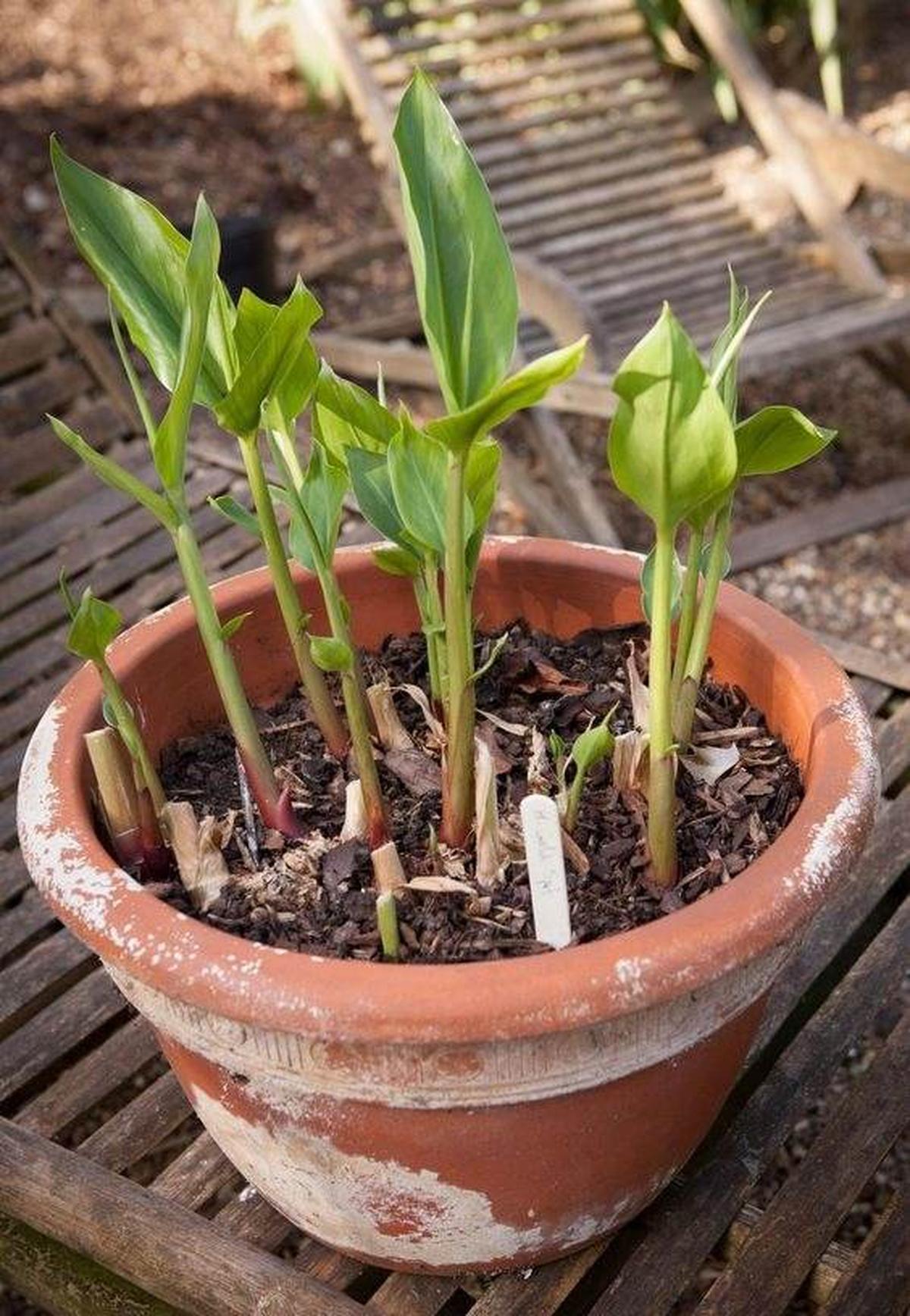
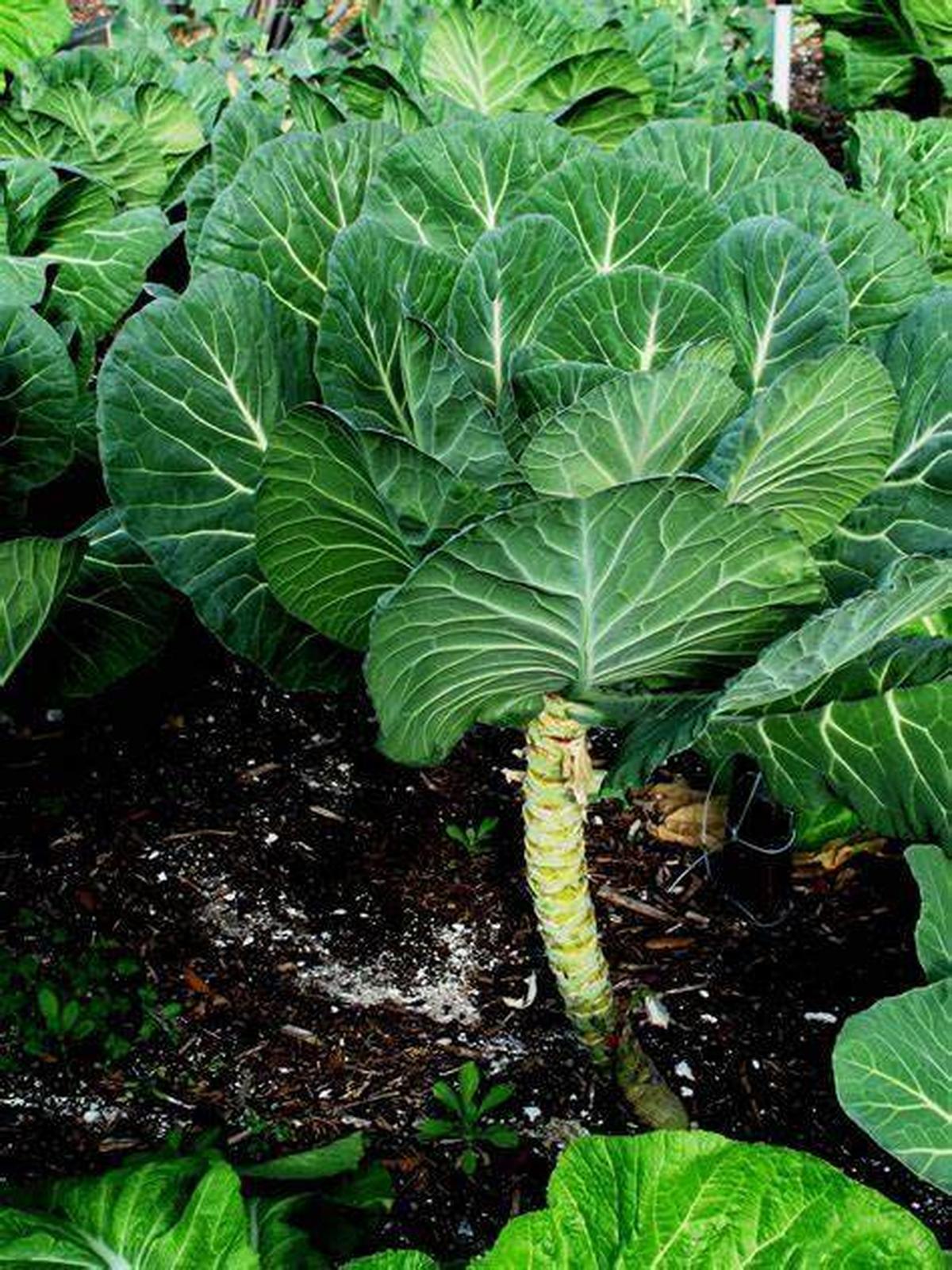
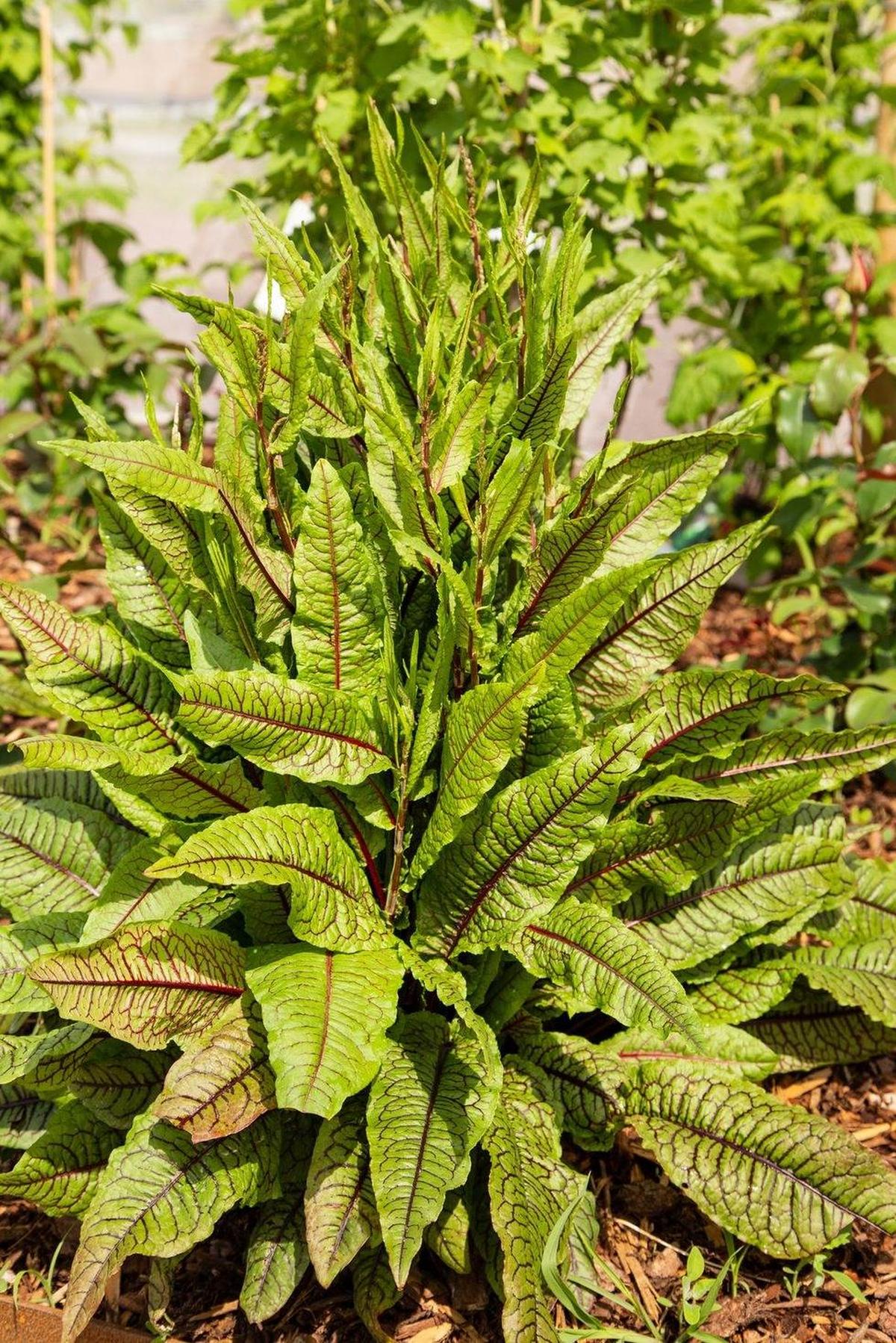
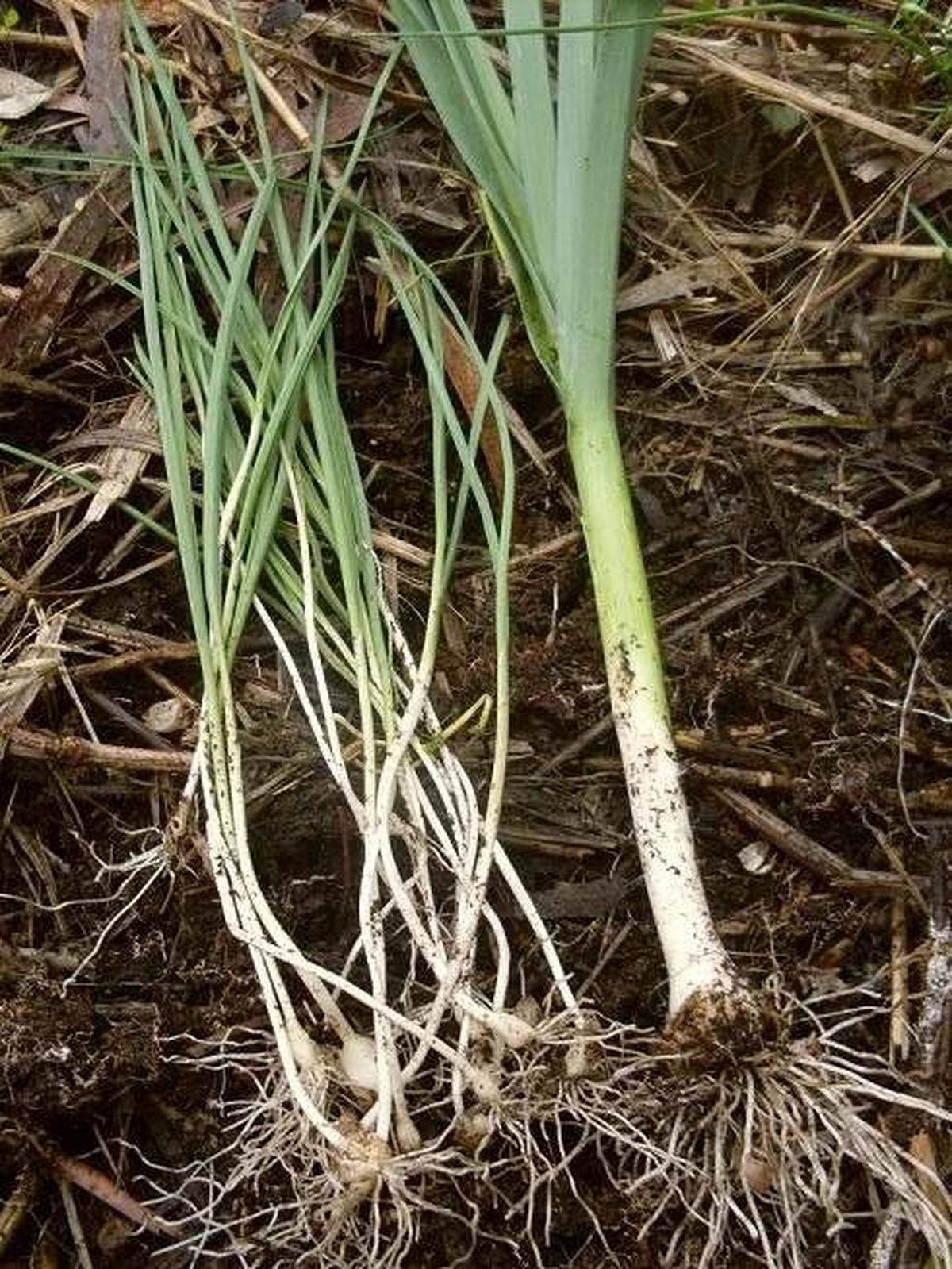
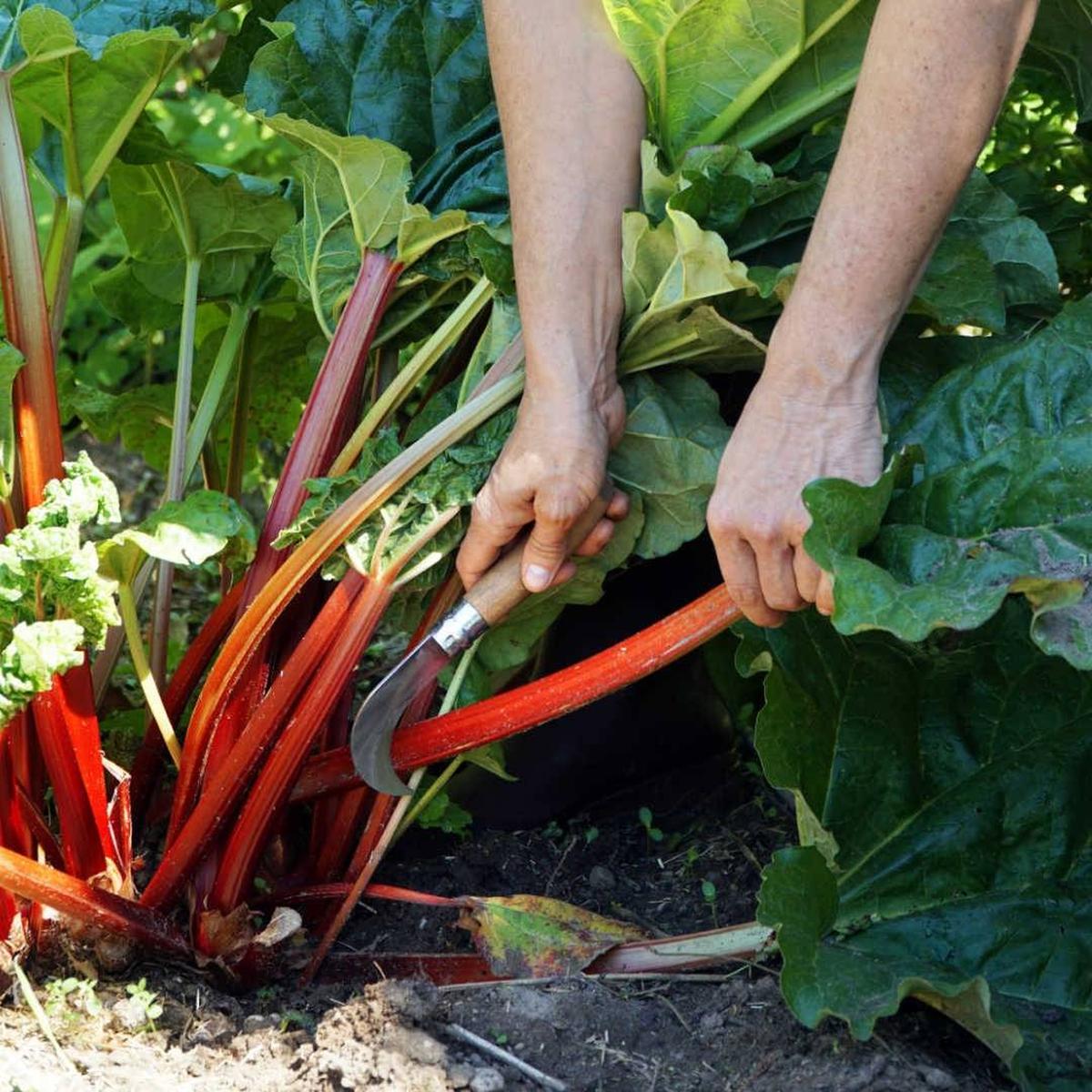
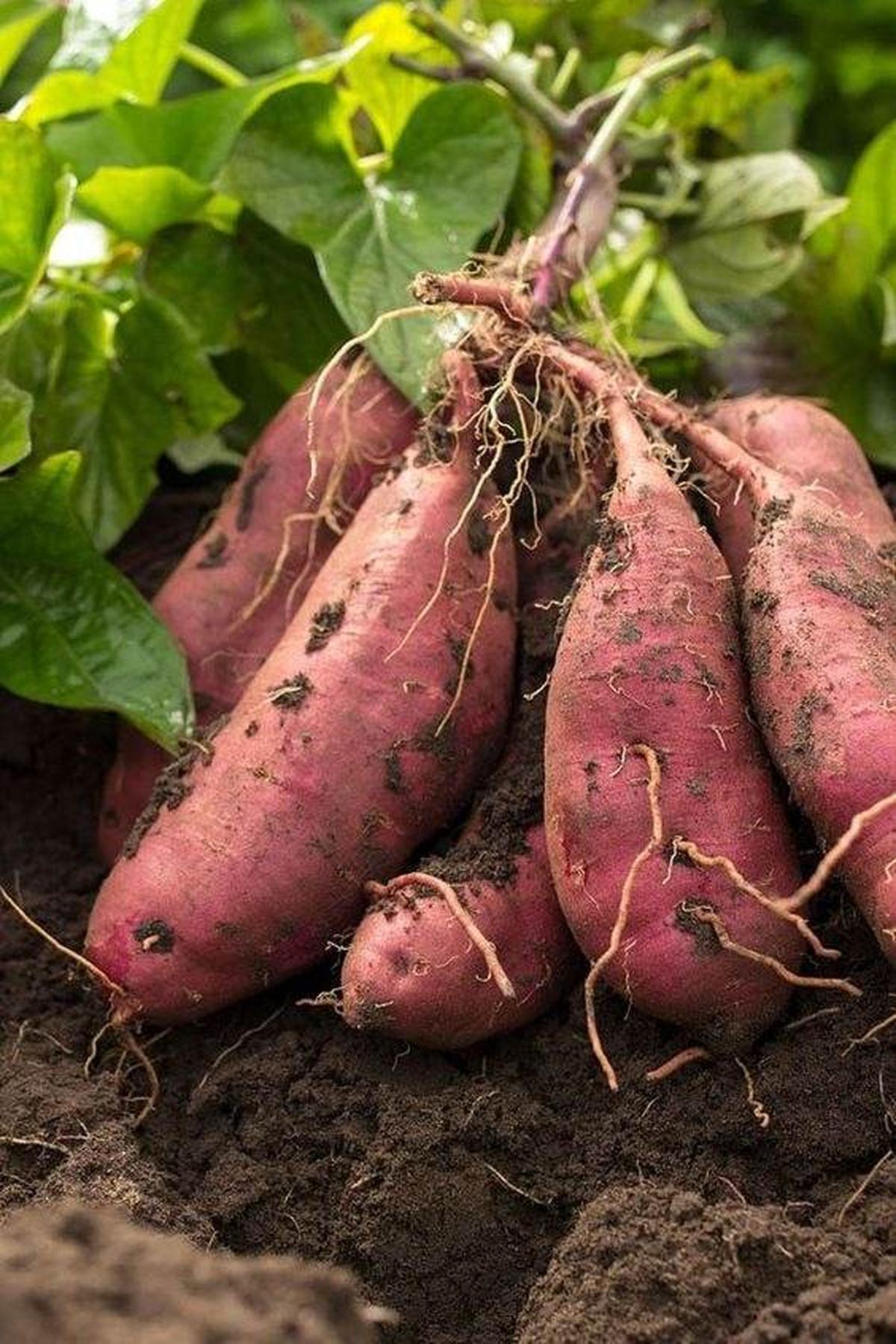
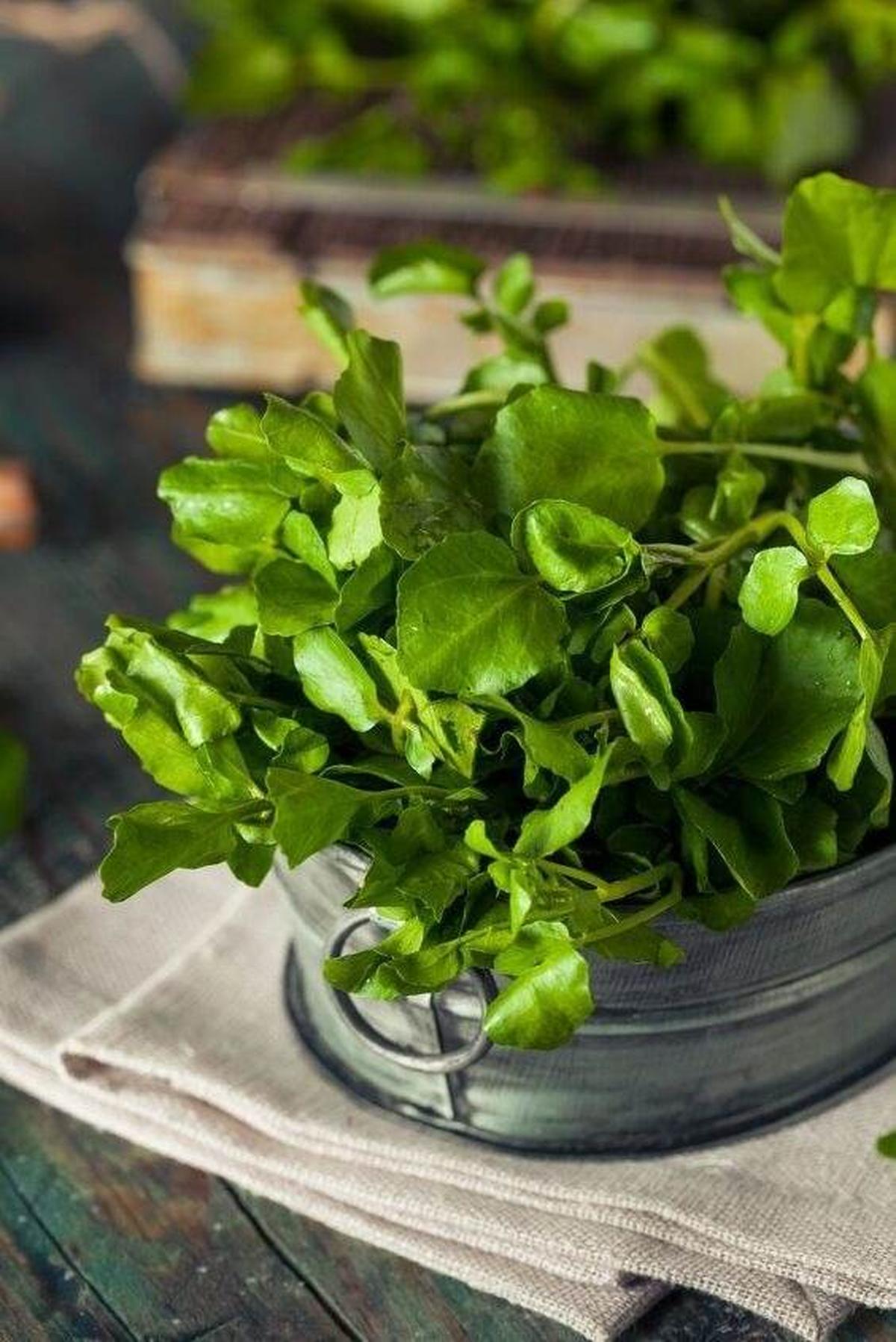
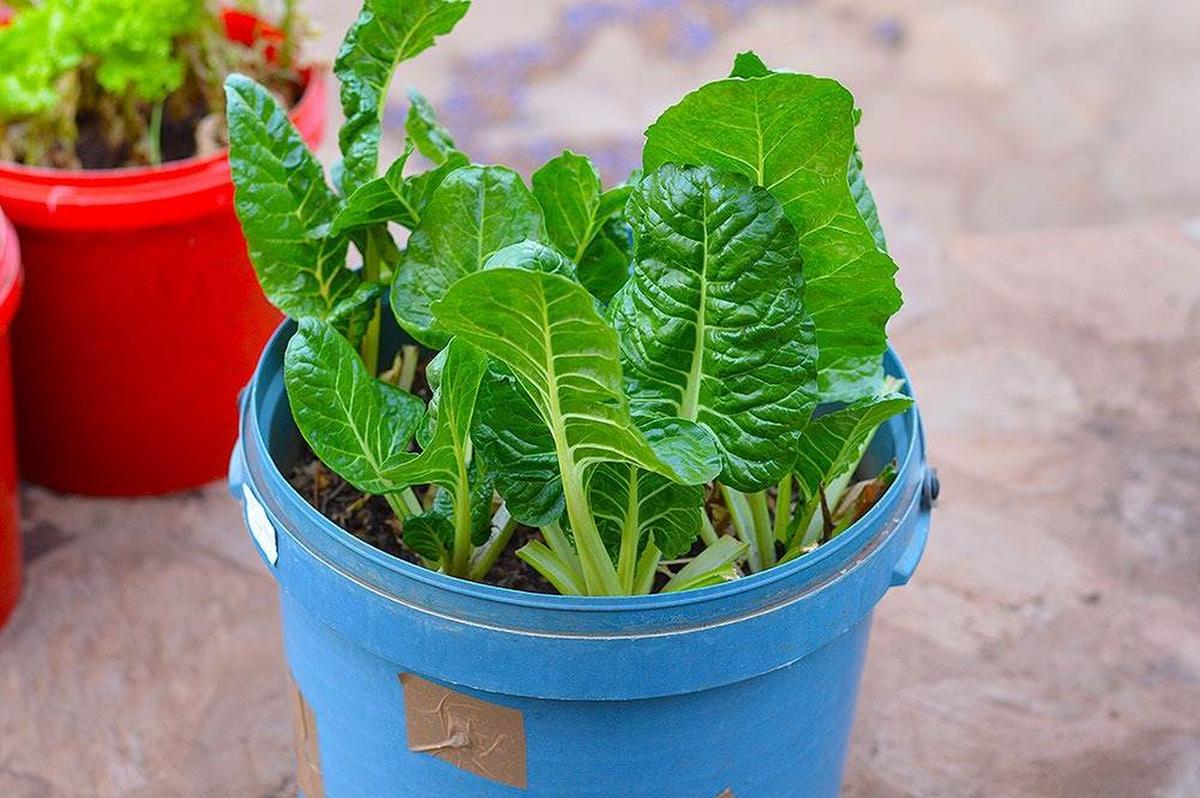
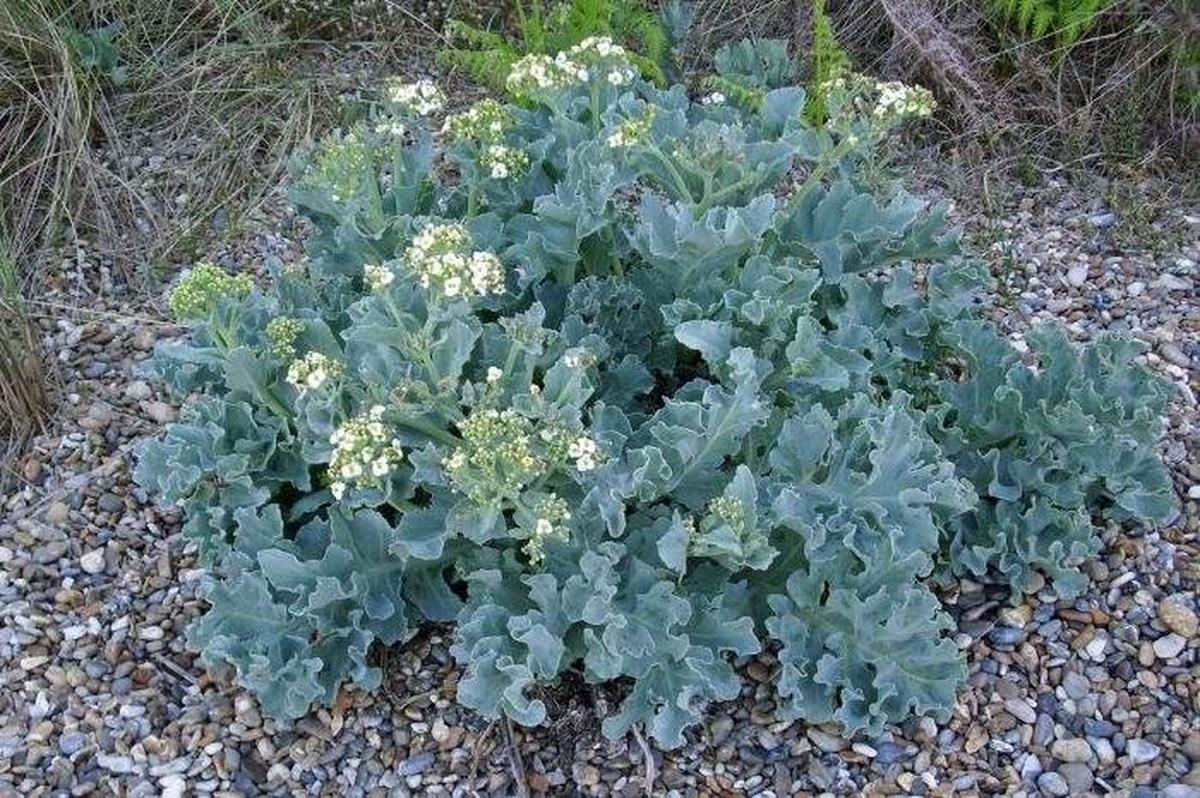
James Turner
Founder & Lead Designer
Expertise
Interior Design, Sustainable Design Practices, Spatial Planning, Innovative Material Applications, Contemporary Art Techniques, Visual Communication, Multimedia Artistry, DIY Design and Home Projects, Eco-Friendly Living Spaces, Creative Solutions
Education
University of Cincinnati College of Design, Architecture, Art, and Planning (DAAP)
Columbus College of Art & Design (CCAD), Columbus, OH
James Turner is the founder and lead designer at Velocity Art and Design. He studied Interior Design at the University of Cincinnati, focusing on eco-friendly design and smart use of space.
Later, he expanded his artistic skills with a Fine Arts Certificate from the Columbus College of Art & Design, where he learned about modern art and visual storytelling.
With over 10 years in design, James is passionate about making spaces that are both beautiful and practical. He shares his DIY tips and creative ideas to inspire others to explore their own creativity and transform their living spaces.